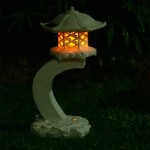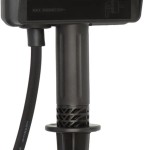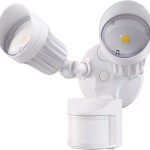Essential Aspects of DIY Outdoor Folding Privacy Screen
Outdoor privacy is crucial for creating a serene and comfortable living space. A foldable privacy screen is an excellent solution for adding privacy to your patio, backyard, or other outdoor areas. This article will explore the essential aspects of building a DIY outdoor folding privacy screen to enhance the functionality and ambiance of your outdoor space.
Materials and Design
The materials you choose will depend on your desired aesthetic and budget. Consider using wood, metal, or composite materials. Wood offers warmth and a natural look, while metal provides durability and a modern touch. Composite materials combine the benefits of both wood and metal, offering durability and a variety of design options.
When designing your screen, determine the desired height and width to provide adequate privacy. Consider adding decorative elements such as latticework or cutouts to enhance the screen's visual appeal.
Folding Mechanism
The folding mechanism is critical for ease of storage and portability. Choose a hinge system that allows the screen panels to fold flat for compact storage. You can opt for simple pin hinges or more robust mechanisms such as piano hinges for additional stability.
Ensure that the folding mechanism is securely attached to the screen panels. Use sturdy bolts or screws to prevent the screen from wobbling or collapsing when extended.
Stabilization and Support
To prevent the privacy screen from tipping over, especially in windy conditions, you'll need to provide proper stabilization and support. Consider adding a base support or feet to the screen's base. You can also attach the screen to a wall or fence using brackets or hooks.
If necessary, use guy wires or cables to secure the screen to stakes driven into the ground. This will provide additional stability and prevent the screen from swaying or falling.
Privacy and Aesthetics
The purpose of the privacy screen is to provide visual obstruction. You can choose from a variety of materials to achieve the desired level of privacy. For complete privacy, use opaque materials such as solid wood or metal panels. For partial privacy, consider using perforated metal, latticework, or translucent materials.
In addition to privacy, the screen can also serve as a decorative element in your outdoor space. Paint or stain the screen to match your existing décor or add decorative elements such as planters or hanging baskets.
Maintenance and Care
To ensure the longevity of your DIY privacy screen, proper maintenance is essential. Regularly inspect the screen for any loose screws or hinges and tighten them as needed. If made of wood, apply a sealant or paint to protect it from weather damage.
For composite materials, simply wipe them down with a damp cloth. For metal screens, use a mild detergent and water solution to clean and prevent rust.
:max_bytes(150000):strip_icc()/thriftychic-0210bbadb4fa496d933baf1ad384b382.jpg?strip=all)
10 Diy Privacy Screen Plans

Diy Outdoor Privacy Screens The Awesome Orange
Diy Outdoor Privacy Screens The Awesome Orange

36 Impressive Diy Outdoor Privacy Screens Ideas 2024 Screen

30 Clever And Pretty Outdoor Privacy Screens
:max_bytes(150000):strip_icc()/homemadebycarmona-88c22ad17eca47fe9363cf640a0162c6.jpg?strip=all)
10 Diy Privacy Screen Plans

How To Build A Diy Outdoor Privacy Screen H2obungalow

Diy Outdoor Privacy Screen Room Divider Folding

Yardistry 5 X Wood Privacy Screen Ym11703 The Home Depot

How To Make An Outdoor Privacy Screen From Pvc Pipe








